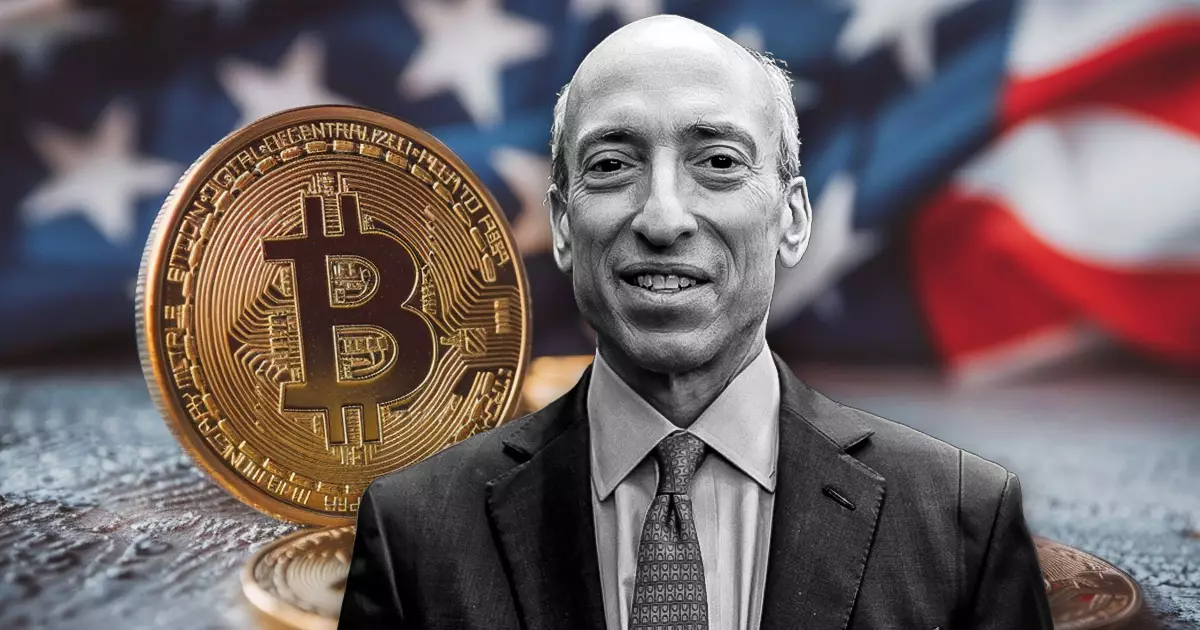On November 14, Gary Gensler, chair of the U.S. Securities and Exchange Commission (SEC), delivered an address at the PLI Annual Institute on Securities Regulation. His speech marked a significant moment, capturing both the current stance and future trajectory of crypto regulation under his leadership. Gensler’s remarks were significantly critical in nature, emphasizing the distinction between Bitcoin and other cryptocurrencies, colloquially known as altcoins. This delineation calls attention to the regulatory focus of the SEC, which he has articulated as a matter of market trust and investor protection.
In an environment increasingly shaped by political dynamics, Gensler’s address also reflected a sense of mortality concerning his role at the SEC. The forthcoming election of Donald Trump has implications for his future, with Trump openly suggesting a shake-up within the SEC. Gensler’s closing statements hinted at this potential transition, framing his time at the SEC as an honorable endeavor. He acknowledged the agency’s commitment to serving American families in the complex landscape of finance, cultivating a sense of closure that may resonate with the audience.
Throughout his speech, Gensler took time to clarify Bitcoin’s status as a non-security asset, setting it apart from the over 10,000 other digital assets that exist in the market. This distinction is significant not only in regulatory terms but also for investor perception. Gensler reiterated that prior SEC leadership had recognized Bitcoin’s fundamental character, asserting that the agency does not regard Bitcoin as a security. Instead, he suggested that the SEC’s attention has been concentrated on altcoins, many of which have been deemed securities by courts.
Such a focused approach seems informed by the belief that compliance with securities laws is vital for maintaining market integrity and fostering innovation. As Gensler stated, a robust regulatory framework has historically brought about trust in financial markets over the past 90 years. Yet, this assertion raises an important question: does all regulation necessarily lead to innovation? The skepticism regarding altcoins bears out in the marketplace, as many of these assets have entered speculative territories rife with uncertainty and illicit activities.
A notable evolution in Gensler’s tenure is the SEC’s approval of exchange-traded products (ETPs) related to Bitcoin futures and spot Bitcoin, along with Ethereum. Gensler’s stance here is indicative of a shift from previous SEC chairs who hesitated to endorse crypto ETFs. The introduction of these products serves as a counter-narrative to the seemingly chaotic landscape of non-compliant crypto markets, presenting benefits such as improved transparency, reduced fees, and heightened competition.
These approvals suggest a nuanced appreciation for how structured financial products can introduce some level of order into the volatile world of crypto, while simultaneously directing market behavior toward compliant frameworks. However, even as Gensler extols these achievements, doubts remain in the crypto community about whether his initiatives are complementary to the industry or merely a façade of regulatory compliance.
Amidst the backdrop of an election cycle marked by stark contrasts, Gensler’s regulatory approach has found itself in fluctuating terrain. With Trump signaling a potential overhaul of the SEC, Gensler’s reflective tone raises questions about his legacy as chair. Despite his evident focus on protecting investors, there’s no denying that many in the crypto community remain skeptical about the SEC’s intentions and actions.
Bitcoin’s impressive surge of over 30% following the election results underscores the market’s sensitivity to regulatory and political shifts. This crypto rally may suggest a growing optimism toward a more lenient regulatory environment under a Trump administration, yet Gensler’s minor nods to compliance rain on the parade. He framed the SEC’s role as nurturing trust and stability, but will these principles hold if his authority is diminished in the coming months?
In his concluding remarks, Gensler likened securities regulation to the “rules of the road” essential for financial markets to function properly. His vision positioning Bitcoin, Ethereum, and stablecoins in a special regulatory light suggests a deliberate attempt to modernize the SEC’s interface with digital assets. The prospective exit of Gensler from the SEC might very well usher in a new chapter in crypto regulation that diverges dramatically from the current landscape.
However, this pivot raises fundamental questions: will the SEC maintain a collaborative stance with crypto innovators, or will there be a return to stricter oversight as seen in previous years? As the market stands on the brink of potential deregulation, the crypto community continues to navigate the delicate balance between compliance, innovation, and investor security while observing the developments that unfold both at the polls and in the regulatory halls of power.



















Leave a Reply